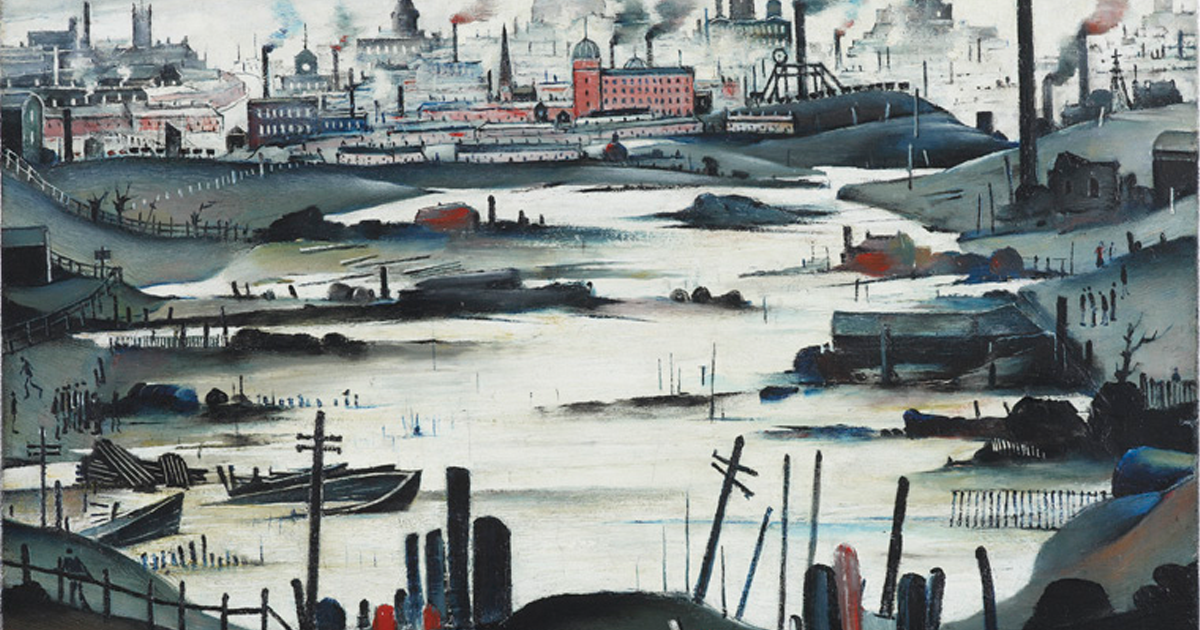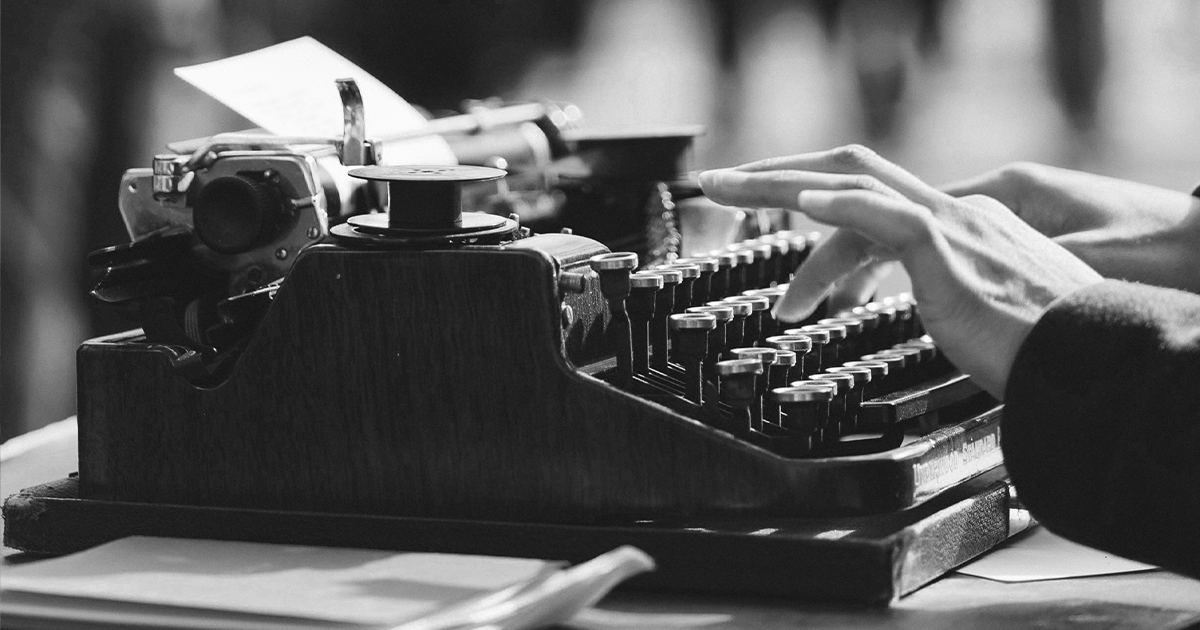There are a few common, measurable costs associated with starting a new business. A logo, as a banner to gather under. Business cards and letterheads to make the company tangible. Livery. Signage. Elements that make your vision physical and inspire confidence in you and your clients. Things are starting to go well, until somebody mentions that maybe you need to think about getting your business online.
And now you need a website. And you’re about to hear a certain question repeated ad nauseam.
When you contact a competent agency for a rough quote, the conversation will probably go something like this:
I’ve been told I need a website, how much does a website cost?
Well firstly, what’s your budget?
Not that question again...
It sounds like a loaded question, and it kind of is.
Knowing where the client wants to be and how much they have to invest to get themselves there helps the studio to tailor their offering. Initially, the studio should be focused on the clients goals. The exciting stuff, the how do you get there; that all comes later.
Design isn’t one-size-fits-all and there are ideas, techniques and technologies that can be adapted to suit a business’ needs.
Different industries are, well, different. They have different sets of client expectations, different cultures. Different ways of interacting with their clients and different routes to market.
So why do you keep hearing that question? ‘What is your budget?’
It boils down to the nature of creative work. The bleeding-edge studios and trendsetting agencies are forced to constantly grow with and adapt to an always changing landscape that in some cases is still finding out what it is. Often there can be multiple ways to answer a question. Some are more cost effective, others may provide more value in the long term. It’s not often that the quick fix, get everything done at once approach will give confident results. A project made up of parts that are just good enough will always be mediocre.
A great studio wants to marry your goals, needs and expectations with your budgets limitations. To do that, the studio needs to know how much time, energy and money you have to spend.
Most quotes will be towards the top end of your budget. If available, Typeface will always try to offer the client a couple of quote options. But in a sea of pitches, you’ll often find yourself reading through multiple similarly worded, similarly priced quotes. Take a look at the proposed deliverables, the suggested focus points, the project goals. Has the studio suggested alternative ideas not in the brief but dismissed ideas that are, and have those ideas bumped the quote up to the top end of your budget? Chances are they’ve found a way to give you more value with fewer steps. If the proposition is unexpected, ask them to elaborate.
So then. What’s your budget?
Even those of us who communicate ideas for a living can fall in to the trap of assuming that the people we’re talking to understand what we mean. Somewhere along the way, the answer to the very reasonable question ‘can you tell me how much this is going to cost me‘ has been distilled in to a three word answer that feels like a trap. But it’s not all about money. We’re asking you:
- What do you want? How do we make that happen?
- What can you afford to spend? But what do you need?
- How much time, money and effort do you have to invest in the future?
- What are your expectations? How do we exceed them?
Where do you need to be next month and again in five years, and how much do you have to commit to get yourself there?
Contact Typeface with a rough estimate of your budget. And Typeface will tell you what we can do with it.







